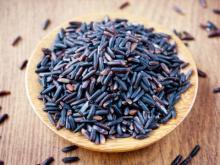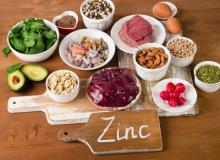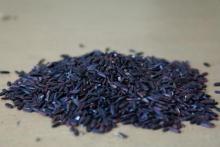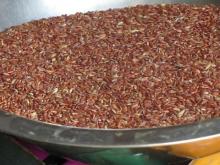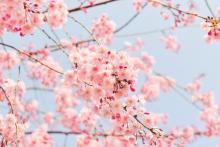Supplements: The Inside Secrets To The Dirty Truth
Shakes, powders, pancakes, pills – if you are into fitness, there is no way you haven’t come across a supplement or two. Whether you drink protein shakes as a meal replacement or take omega-3s, among a host of other over-the-counter remedies, there is one thing you need to know.
Supplements in the United States are only ever regulated after the producer has placed them on your supermarket shelves or in your local health food store. This may also come as a surprise: vitamins also fall under this umbrella.



